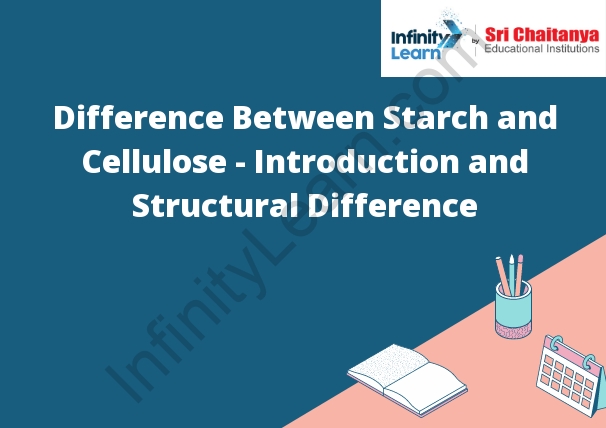Table of Contents
An introduction to Starch and Cellulose
Starch and cellulose are two of the most common types of carbohydrates. Starch is made up of glucose units, while cellulose is made up of glucose and another molecule called xylose. Both of these molecules are long chains of sugar molecules, and they are both great sources of energy for the body.

Starch
is a complex carbohydrate made up of glucose units. It is the most common carbohydrate in the human diet and is found in grains, legumes, and tubers.
Starch is a complex carbohydrate made up of glucose units. It is the most common carbohydrate in the human diet and is found in grains, legumes, and tubers. The human body breaks down starch into glucose, which is then used for energy. Glucose is also the main source of energy for the brain.
Starch is a good source of energy, fiber, and other nutrients. It is digested slowly, which makes it a good choice for people who are trying to lose weight or manage their blood sugar levels.
Cellulose
Cellulose is a polymer made up of repeating glucose units. It is the most abundant organic compound on Earth, making up about 33% of all plant biomass. It is a structural component of cell walls in plants and is also found in the cell walls of some animals. Cellulose is a natural fiber and is used in the manufacture of paper, textiles, and plastics.
Structure of Starch
Starch is a carbohydrate made up of two simple sugar molecules, glucose and maltose. These two sugar molecules are linked together by a chemical bond called a glycosidic bond. There are two types of starch, amylose and amylopectin. Amylose is a long, stringy molecule, while amylopectin is a shorter, more compact molecule.
Structure of Cellulose
Cellulose is a carbohydrate polymer consisting of repeating glucose units. It is the most abundant organic molecule on Earth, and is a major component of plant cell walls. The structure of cellulose is unique in that the glucose units are linked together in a way that forms long chains. These chains are further twisted and folded to form a complex network. Cellulose is insoluble in water, but can be broken down by enzymes called cellulases.
Structural Difference Between Starch and Cellulose
Cellulose is a structural component of the cell wall in plants, while starch is a storage molecule.
Cellulose and starch are both carbohydrates, but they have different structures. Cellulose is a polymer made up of glucose units bonded together. Starch is a polymer made up of two glucose units bonded together. This difference in structure is what makes them behave differently in the body.
Cellulose is not digestible by the body, so it passes through unchanged. Starch is digestible by the body and is broken down into glucose units, which are then used for energy. This is why people who are trying to lose weight should avoid eating foods high in starch, but can eat foods high in cellulose.
Starch vs Cellulose
Starch is a carbohydrate made of two types of sugar, glucose and fructose. It is found in plants and is the main type of carbohydrate storage in plants. Cellulose is a carbohydrate made of many glucose molecules bonded together. It is found in the cell walls of plants and is the main type of structural carbohydrate in plants.
Infinity Learn App
Now you can find answer to all your subject queries & prepare for your Exams on our Test Preparation App – Infinity Learn.





